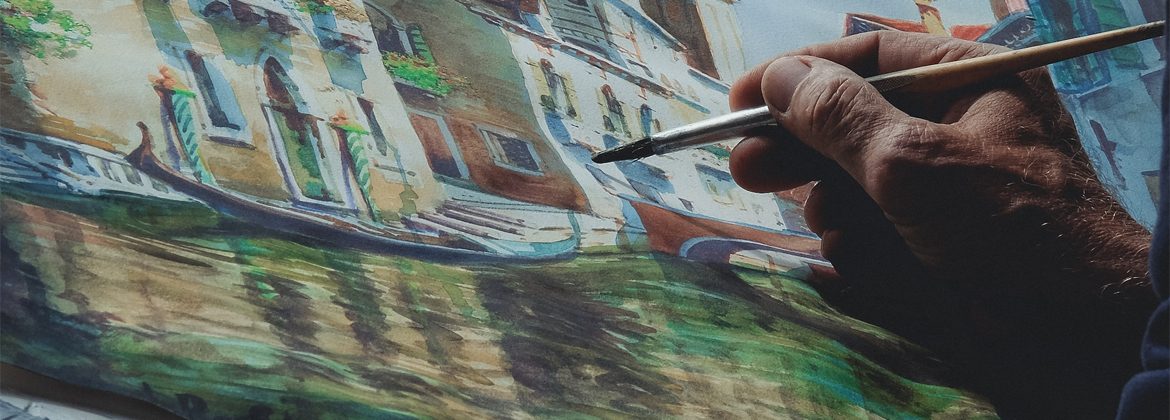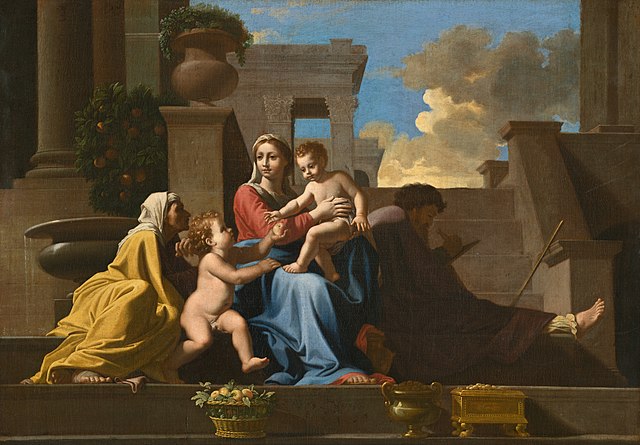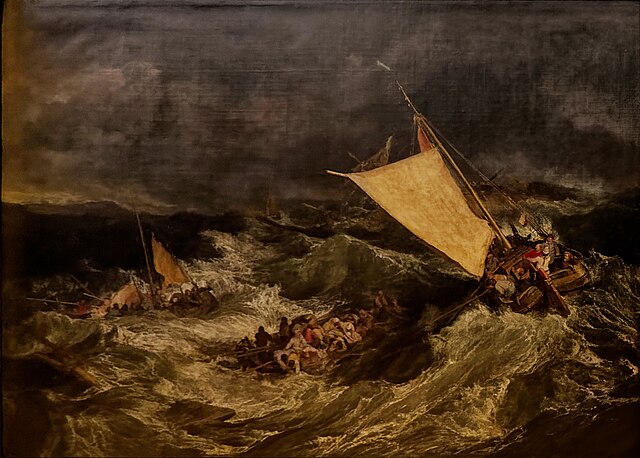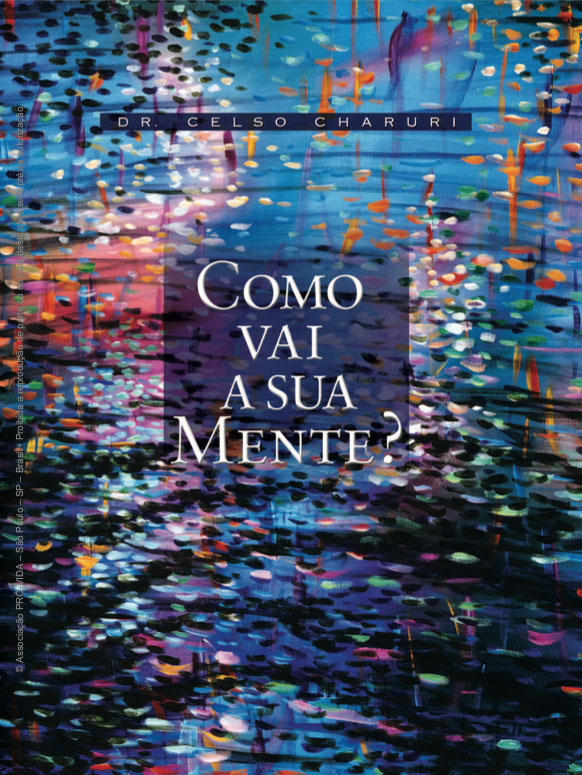The Classic and the Romantic
The Classic and the Romantic

The ideals of classical art are the ideals of beautiful, of proportion, of balance, therefore of reason. Also important in classical art is the notion of decorum, of noble sentiment and serene beauty. The term Classic, by the way, when applied to art, means work that sets a standard, a model to be followed, work that establishes a class of works which imitates an original, its standard.
The ideal of Romantic art, on the other hand, is the sublime, not the beautiful. The sentiment of sublime in art, as it’s been described by artists and critics throughout history, is the sentiment of facing something much greater, much more powerful than us: the mountains, the stars, the chasms and oceans. Sublime is the sentiment of fear facing the forces of nature, of great natural catastrophes, of earthquakes, hurricanes and storms. The romantic work does not seek to be a model. It is conceived as a singular act, unique creation, entirely original and individual. The notions of originality and the creative genius are romantic inventions.

Holy_Family – Nicolas Poussin (1594 – 1665)

The Shipwreck – William Turner (1175-1851)
Both sentiments, of the beautiful and of the sublime, alternate frequently in art history, predominating first one, then the other. Moments in the human being’s eternal search for balance; instants in the attempt to balance Reason and Sentiment.




